The Ebb and Flow of Lake Nicaragua: Can a Pacific-Atlantic Crossing Reclaim Its Throne from Panama?
 Rio San Juan (all photographs by the author)
Rio San Juan (all photographs by the author)
Mark Twain had one major complaint about his journey from San Francisco to New York in 1866: the sandwiches showed a singular lack of variation. Eschewing a rickety and possibly perilous stagecoach journey across the continent, he had opted to take one of Cornelius Vanderbilt’s steam boats across Lake Nicaragua and along the San Juan river to the Caribbean. Before the Panama Canal opened in 1914, this route through Nicaragua was the most popular Pacific-Atlantic crossing and, if a certain Chinese businessman’s plans work out, it might soon be once again.
Writing for the Alta California newspaper, Mark Twain recorded the “picturesque native girls” and “walls of dense tropical vegetation,” “frolicking monkeys,” “lounging alligators,” and substandard ham sandwiches of his voyage. He followed in the wake of hoards of prospectors who’d rushed, giddy for gold, onto Vanderbilt’s boats since they began plying these waters in 1850.
Judging by Twain’s account in Travels with Mr. Brown, the San Juan hasn’t changed all that much. Its murky brown waters are still home to plenty of wild beasts and hedged in by mysterious forests broken up by enticing watery offshoots. And, although steamboats have been replaced by motorboats, the villages along its banks can still only be reached by water.
 At the end of the river is San Juan de Nicaragua, which in Twain’s day was known as Greytown (after the Jamaican Governor Charles Edward Grey), or San Juan del Norte. In the mid-19th century it was home to locals and English, French, Italian, and American sailors and businessmen exporting gold, silver, coffee, sugar, and chocolate. It had a classy hotel catering to the thousands of visitors passing through each year, amongst them Giuseppe Garibaldi and Robert E. Peary, the first north American claimed to reach the North Pole. Nowadays, the only luxury accommodation is at an exclusive fishing lodge hidden in the rainforest, and the only traces of the old residents are their graves.
At the end of the river is San Juan de Nicaragua, which in Twain’s day was known as Greytown (after the Jamaican Governor Charles Edward Grey), or San Juan del Norte. In the mid-19th century it was home to locals and English, French, Italian, and American sailors and businessmen exporting gold, silver, coffee, sugar, and chocolate. It had a classy hotel catering to the thousands of visitors passing through each year, amongst them Giuseppe Garibaldi and Robert E. Peary, the first north American claimed to reach the North Pole. Nowadays, the only luxury accommodation is at an exclusive fishing lodge hidden in the rainforest, and the only traces of the old residents are their graves.
A canoe’s paddle upriver from San Juan de Nicaragua is the site of the old town, founded by the Spanish in 1539 and marked by a cemetery which wouldn’t look out of place in the Cotswolds. Here lie the remains of Captain Charles Smith, who fell from his ship’s mast in 1859, and nearby, those of his loyal parrot. The town itself has been burned and bombed several times — by the U.S. Navy in 1854 in a dispute over transit rights, and an American helicopter in 1984 during the Nicaraguan Civil War — and was only tentatively re-inhabited in 1991 when the government built a new town down river.
Passed through the hands of the Spanish, British, United States, and Nicaraguan governments over the years, San Juan de Nicaragua is now part of a semi-autonomous region. Some of its residents speak English with a Caribbean lilt, others Spanish; the bakery’s coconut bread sells out quickly and the shop’s ice-cream freezer is only stocked up when a boat from upriver passes by with supplies. It’s home to an army base which keeps an eye on the Costa Rican border and an evangelical church. Historically, this land belongs to the Rama tribe, who still live up the Río Indio and all along Nicaragua’s “Mosquito” coast.
When I met their chief, he was worried about the plans for a new canal; worried about the destruction it would wreak on the rainforest and the river. This isn’t his first disagreement with the Nicaraguan government. During the Civil War, he smuggled children into Costa Rica to protect them, earning his nickname “Coyote,” usually given to drug-traffickers.

San Juan’s been a battleground, literally and ideologically, for years. At a treacherous bend midway along the river is a castle dating from 1675 which would look more at home atop a rocky crag in Scotland than beside the rainforest. It was here, in 1780, that the young Horatio Nelson won an early naval victory. And along here that filibuster William Walker seized control of Vanderbilt’s steamboats during his short-lived spell as self-proclaimed President of Nicaragua in 1855.
As if San Juan hasn’t had a tricky enough time as it is, what with pirates and upstart young naval officers and harsh food critics, it’s soon to be impacted by a new transoceanic crossing. Not that this hasn’t been tried before. In 1893, the Nicaragua Steamship and Navigation Company began dredging the river and laid 20 kilometers of railway tracks alongside their canal, which ran between San Juan del Norte and El Castillo. But by 1929, the company had gone bust, unable to compete with the Panama Canal.
This time round, the Nicaraguan government’s taking matters into its own hands, with the backing of a Chinese billionaire, Wang Jing, who’s promised $40 billion towards construction costs. Maps have been made and hands have shook on a plan to construct a 173-mile-long canal through the rainforest north of the San Juan river, exiting at Bluefields, the main port on the Caribbean sea. The government claims this is just what the country needs to lift it out of poverty, but the effect on the rainforest it will tear through on its way north from Lake Nicaragua is likely to be huge. And I’m sure it won’t help the sandwich situation much either.
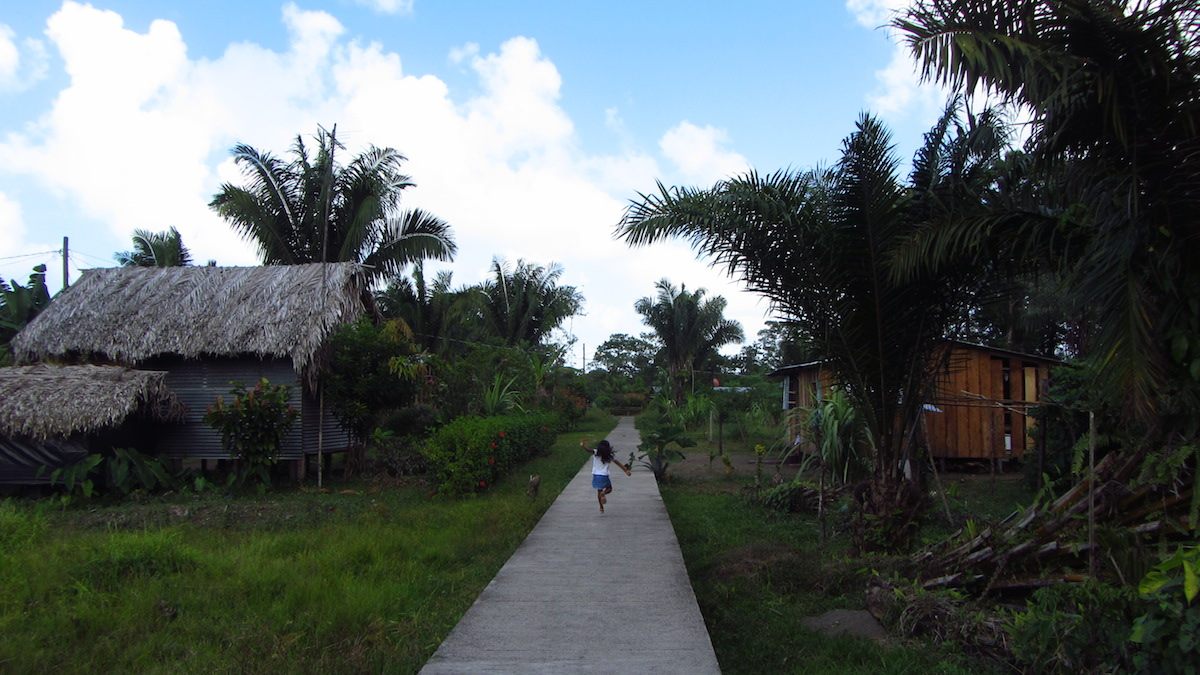
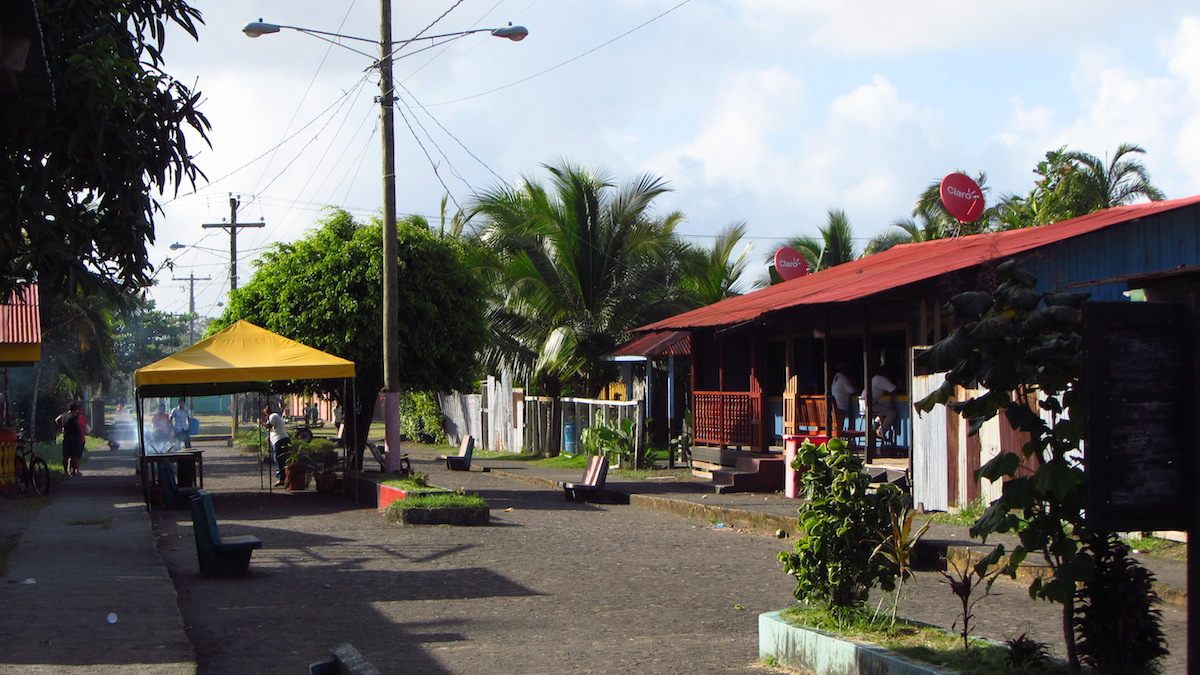
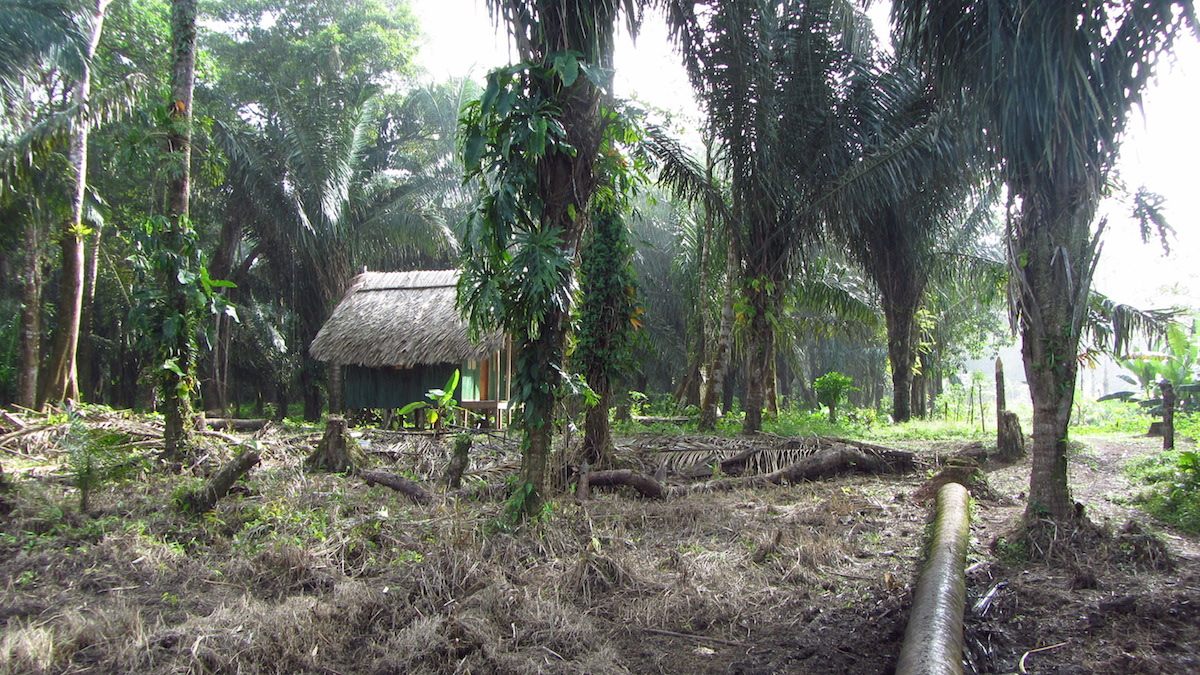
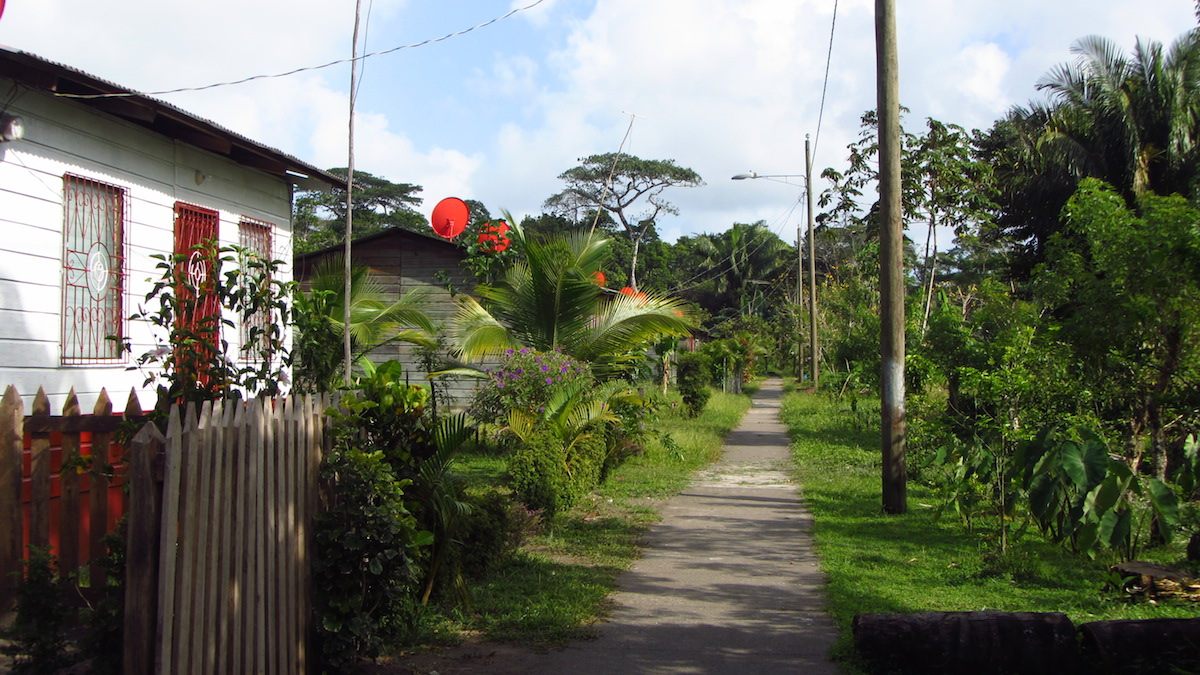




All photographs by the author.


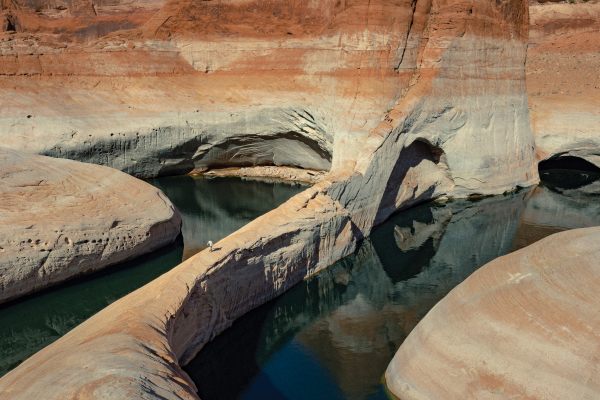











Follow us on Twitter to get the latest on the world's hidden wonders.
Like us on Facebook to get the latest on the world's hidden wonders.
Follow us on Twitter Like us on Facebook